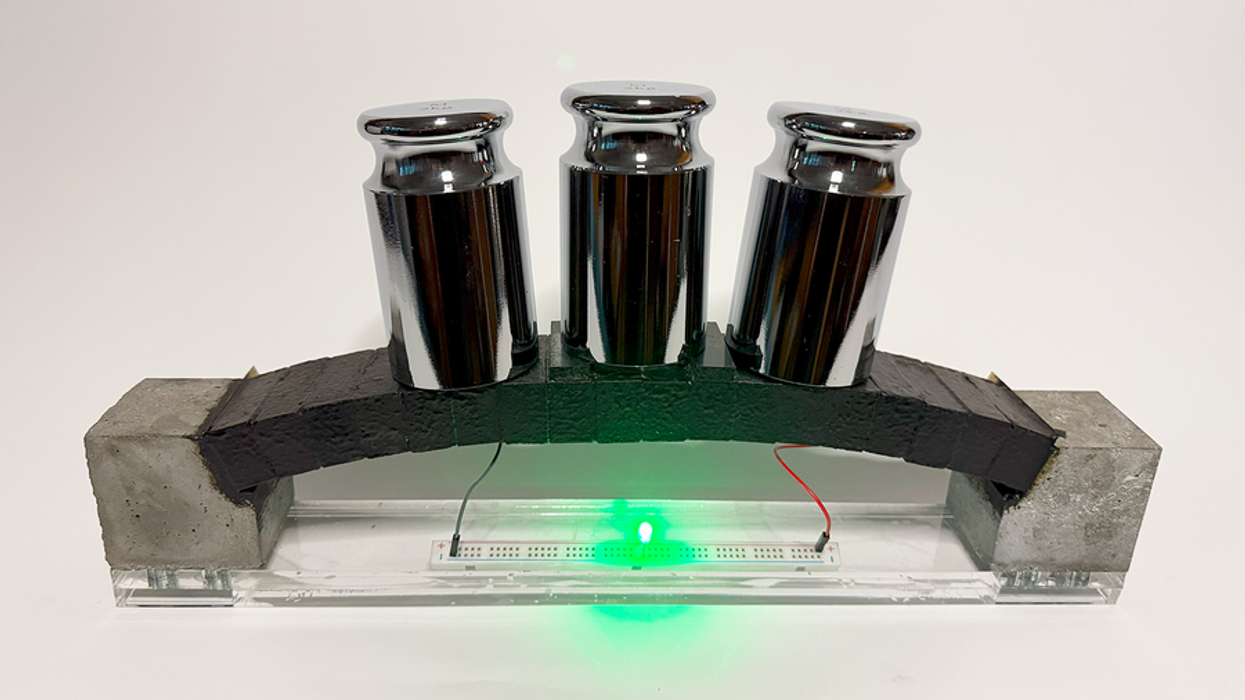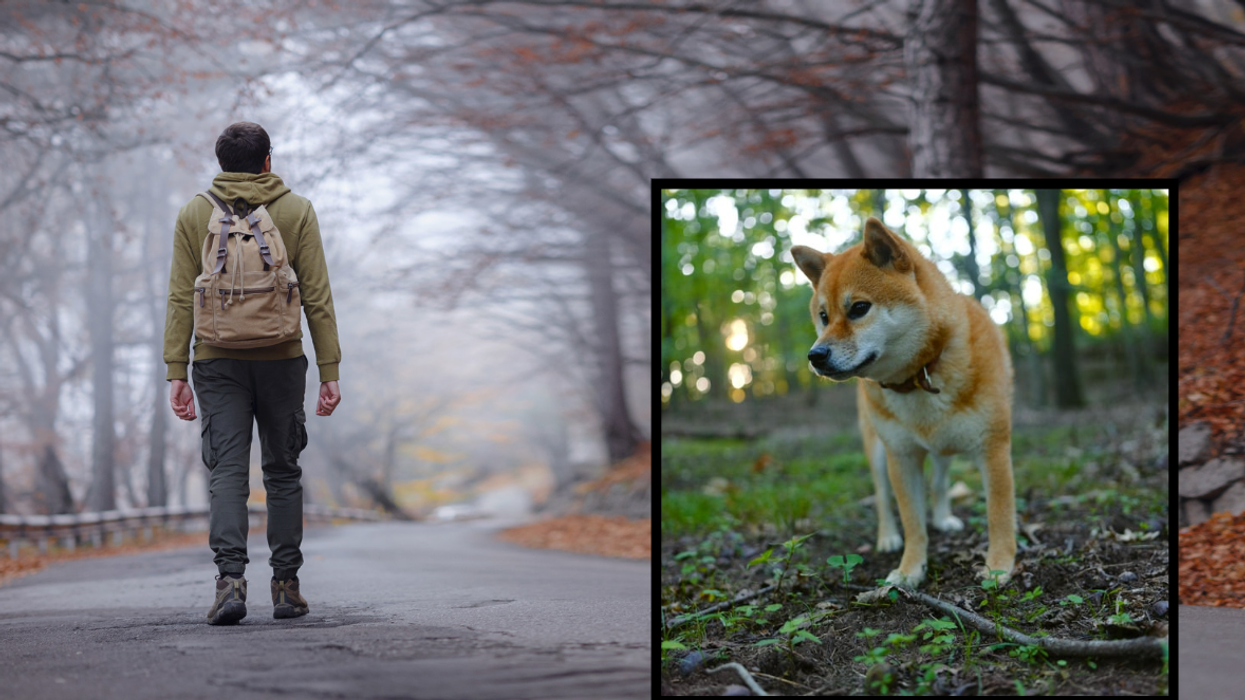With each step he takes down the bright hallway inside the Austin Police Department’s headquarters, the tall man in the white dress shirt and blue slacks looks more nervous. Next to him, a shorter, broad-shouldered detective named Derek Israel tries to calm him. Just look at a few pictures in a photo lineup, Israel says. “I’ll try,” the man says, “but don’t expect too much from me.”
Gary Wells kicks his feet up on a large wooden table in his conference room on the fourth floor of Iowa State University’s psychology building. He’s in his early 60s, favors professorial cardigans, and after more than three decades of research pulls no punches when criticizing police methodology. “The modern detective? His posture is my posture right here,” he says, leaning back with an attitude that could be called complacent. “He is too eager to use an imperfect tool.” In this case, that tool is haphazardly designed photo lineups.
A few police departments gave the new approach a shot. But when the Illinois Legislature started agitating for similar reforms in 2005, the Chicago Police Department pushed back, insisting that it would run its own study first. When the results came out, they were significantly different than Wells’ findings—sequential lineups were worse, they said. Victims using the new method seemed less accurate, picking out the prime suspect 15 percent less frequently than those using the old six-pack style. They also made more obvious mistakes, picking a filler instead of either the suspect or no one 6 percent more often. Wells and his colleagues spotted numerous methodological problems right away, but the damage was done. Police departments could point to the Chicago study and ignore Wells’ recommendations. To him, the Illinois results felt like a personal attack, revenge for the criticism he’d heaped on police practices over the years. “I felt like I was set up,” he says. Eventually he cooled off—and decided to take another crack at proving the superiority of showing photos one by one instead of in a six-pack.
Wells has always been confident that the sequential method would prove superior in the real-world tests. “Memory is memory,” he says. “It shouldn’t matter whether it happens in the real world or in the lab.” This fall, data finally backed him up. Researchers crunched numbers from nearly 500 total lineups. Overall, simultaneous and sequential methods proved equally (if not highly) effective: Witnesses to real crimes picked the prime suspect 26 and 27 percent of the time, respectively. That difference isn’t statistically significant. For Wells, it’s the first indication that there actually might not be any downside to the sequential method: If the suspect is there, witnesses will pick him or her out, no matter which lineup procedure gets used. Even better, while witnesses viewing simultaneous lineups chose fillers 42 percent of the time, witnesses viewing sequential lineups picked fillers only 31 percent of the time. In other words, witnesses shown sequential lineups are 25 percent less likely to rationalize their way into bad choices.
For Wells, though, there’s still more to learn. Back in his Iowa State lab, he leans over a computer in a stuffy, windowless testing booth to pull up his latest video simulation. It opens from the point of view of a witness catching a plane; you cross a street and walk through a revolving door at the Des Moines airport. After checking a departure board, you follow signs to a ticket counter and get in line. You notice six people in line next to you, including a country-looking guy in a faded gray shirt and orange cap. When no one is looking, Country Guy switches his bag with the guy in front of him. It should be an easy identification—he walks by you so closely you can read the message on his T-shirt.
















 Otis knew before they did.
Otis knew before they did.